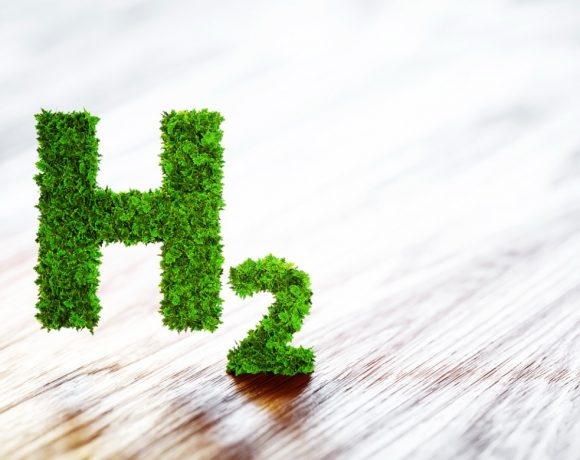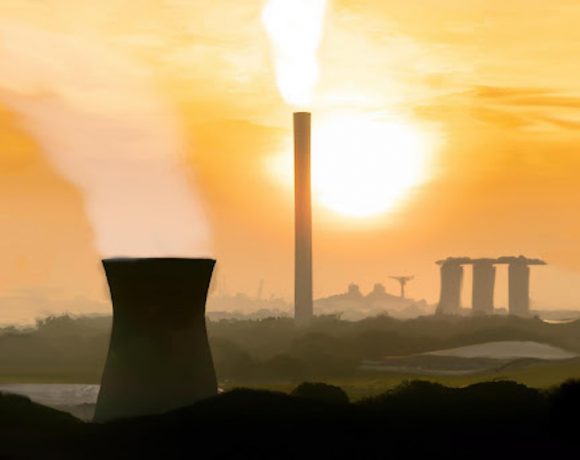- India is embracing alternative materials for energy storage, combining renewable and coal-based power generation and adopting smart grid technologies to enable faster uptake of clean energy. This opens many doors for Swiss technologies in the material sciences, battery tech and grid management systems.
- In order to incentivise the EV sector and attract investments in EV manufacturing, some Indian states are offering supply-side incentives. These incentives may include interest-free loans, capital interest subsidy, tax exemptions, etc., which can only boost the participation of Swiss e-mobility OEMs in the Indian market.
The Indian government has set the ambitious target of achieving 30% Electric Vehicle (EV) penetration by 2030 which translates to approximately 60 million EVs on the road leading to high-energy demand. India will prepare for having a very robust energy grid to handle this increased consumption. The country will also have to create a self-reliant, sustainable energy ecosystem consisting of collaborative yet local industry players.
This presents a great collaboration opportunity for Swiss energy optimisation solutions to collaborate with energy service providers in India. At present, India aims to increase the penetration of smarter and more efficient technologies, making these solutions accessible across the country.
Swiss optimisation solutions needed
The major players involved in the Indian EV charger manufacturing domain mostly include established companies which have expanded their electrical and electronics business portfolio (consisting of inverters, rectifiers, etc.) by venturing into the Electric Vehicle Supply Equipment (EVSE) segment.
Switzerland, on the other hand, has excellent capabilities when it comes to EV charging manufacturing. An example would be that of Green Motion, a Swiss electric mobility service provider for electric charging stations and onboard chargers for the automobile industry. The company has Switzerland’s most extensive charging infrastructure network and is the leading EV charging hub in Europe. Green Motion’s project footprint includes Europe, China, India, the US and Israel. In India, Green Motion had also partnered with Electra EV, which is India’s leading electric vehicles powertrain solutions company.
Such collaborations between Indian and Swiss entities will be key, and open knowledge transfers, joint ventures (JV’s), and strategic partnerships will be an enabling factor in driving India’s EV economy.
Battery energy storage systems
Since India is setting the ambitious target of producing 500 GW of energy from renewables, battery production and storage have become an important part of the puzzle. Battery production is highly capital intensive and is associated with low return on investment due to grid-scale storage being virtually non-existent in India. However, original equipment manufacturers (OEMs) in India are steadily making good progress in this space and collaboration opportunities are aplenty.
Swiss start-ups are doing revolutionary work in the energy storage segment, and 70% of Switzerland’s domestic energy needs are being met through renewables. The country is already using its innovation in the field to convert surplus electricity into liquid or gaseous energy sources.
With Indian OEMs possessing large-scale manufacturing capabilities and Swiss start-ups and small and medium enterprises (SMEs) being the global innovation leaders, the potential to research, innovate and manufacture locally in India is lucrative. India will aggressively have to explore some innovative and, if required, radical collaboration models in order to efficiently meet its ever-growing energy needs.
The policy push
Last year, the Indian government announced financial incentives for investors to manufacture new generation battery packs in India. Known as Advanced Chemistry Cell (ACC) Battery Storage, they store electric energy either as electrochemical or as chemical energy and convert it back to electric energy as and when required. India is completely reliant on imports for its ACC needs.
As the Bloomberg New Energy Finance (BNEF) writes, India has the least cost for li-ion-based cell manufacturing. In addition to this, in order to incentivise the EV sector and attract investments for EV manufacturing, some Indian states due regard to their EV policies, are offering supply-side incentives. These incentives may include interest-free loans, capital interest subsidy, tax exemptions, etc., which can only boost the participation of Swiss e-mobility OEMs in the Indian market.
Climate commitments
India is at the cusp of transformation when it comes to sourcing, distribution and consumption of energy. With so much progress in the technology, manufacturing and policy front, the foresight for the future of energy looks promising.
India will have to embrace the use of alternative materials for energy storage, a combination of renewable and coal-based power generation and the adoption of smart grid technologies to enable faster uptake of clean energy. In the future, cost-effective systems will also be needed to quickly handle small amounts of energy with the least possible environmental impact. India, a cost-sensitive economy, will always be on the lookout for such unique systems. This opens many doors for Swiss technologies in the material sciences, battery tech and grid management systems. The Swiss Competence Centres for Energy Research (SCCER) undertake some cutting-edge research and can collaborate with India at the state, national and even the private level.
Currently, the States in India are individually driving the adoption of renewable solutions with their respective policies. Nevertheless, a national-level policy is essential to highlight a central vision and a basic framework for guidance for the entire Indian energy ecosystem. India should also be cognisant of the bigger challenge that looms in the background – climate change. With India committing to Net Zero Emission by 2070, it becomes imperative to ensure that we do not take our eyes off this problem and that we are looking over the horizon and seeking out long-term goals and opportunities to drive future narratives.






NO COMMENT